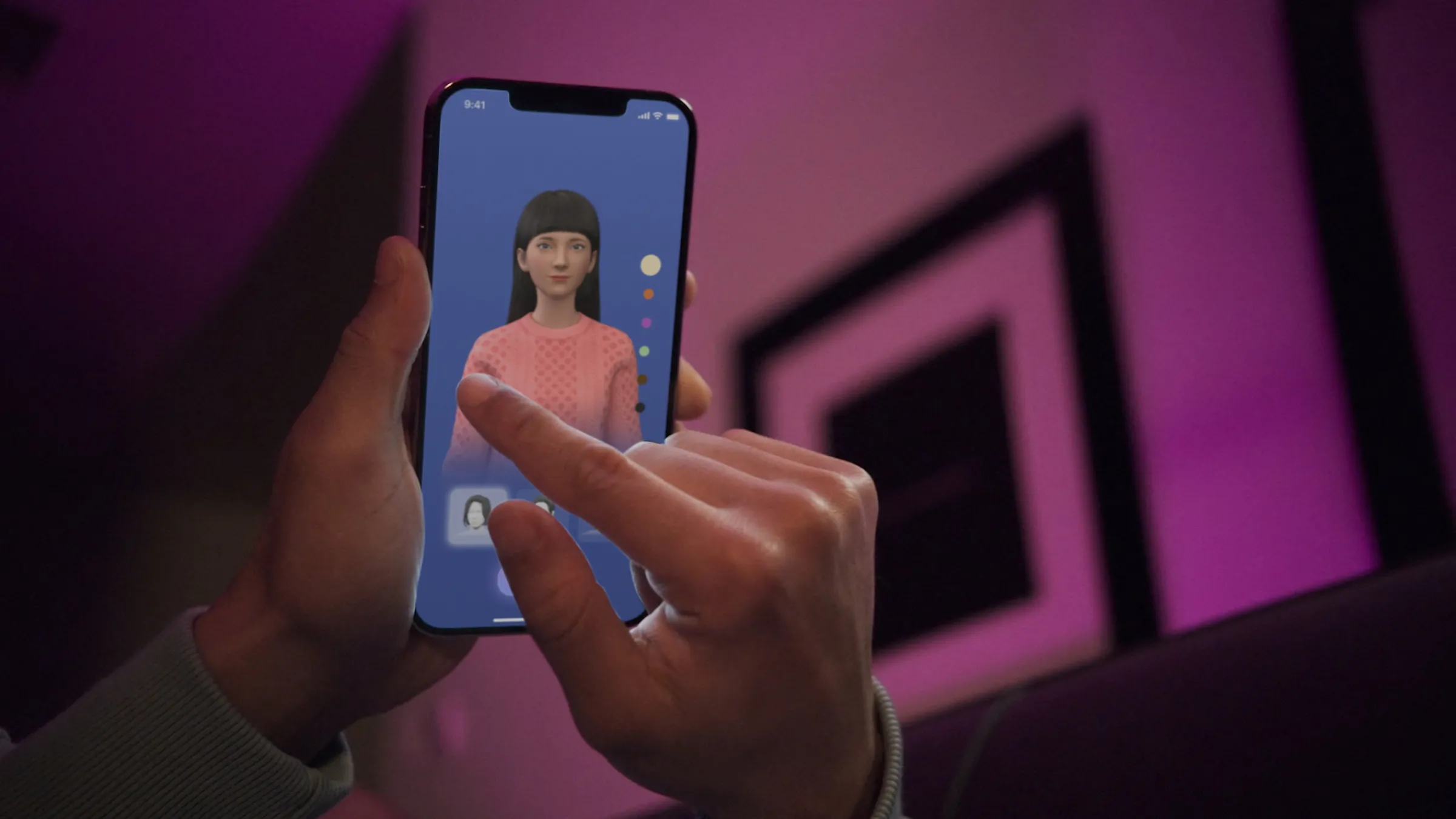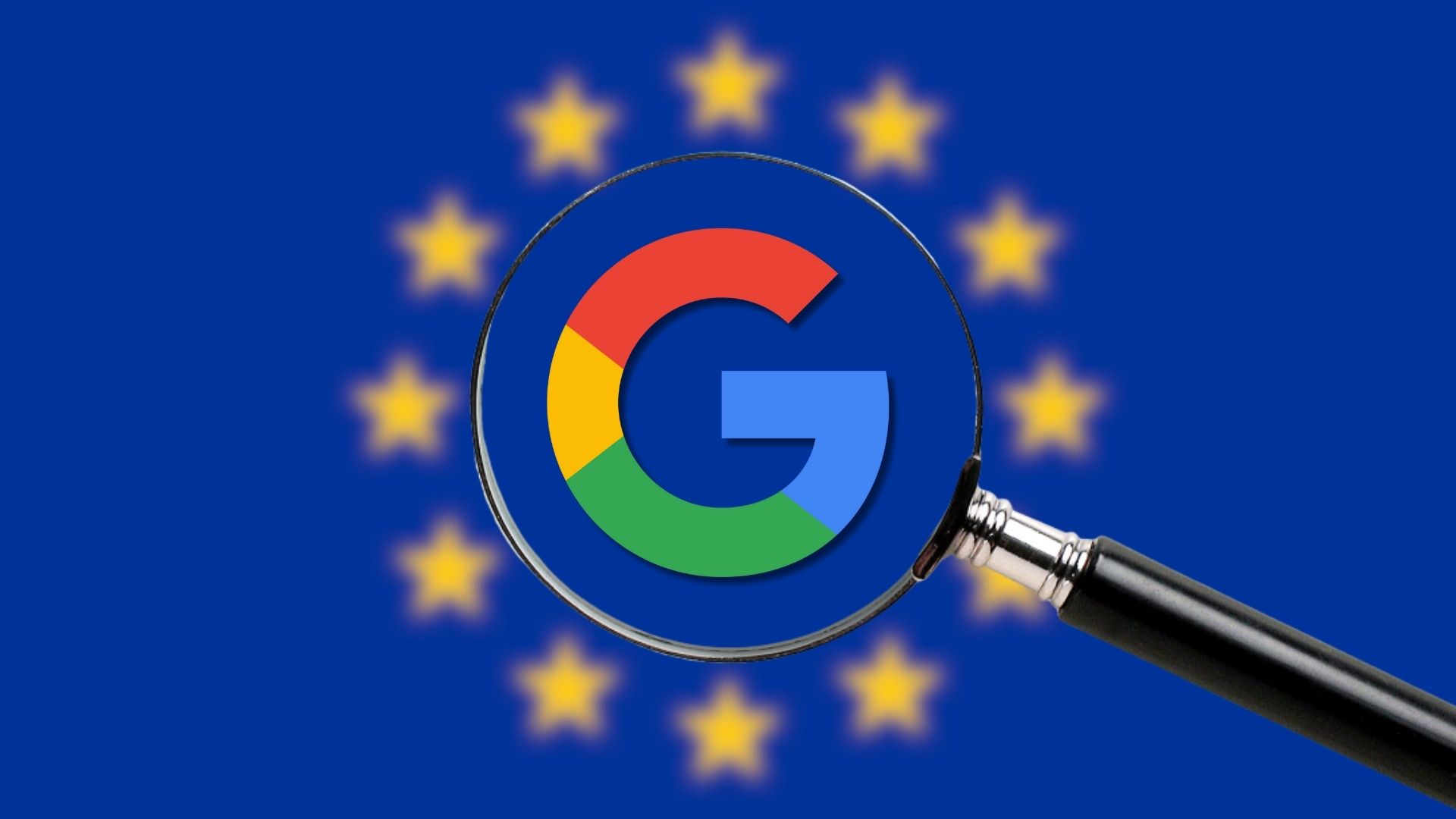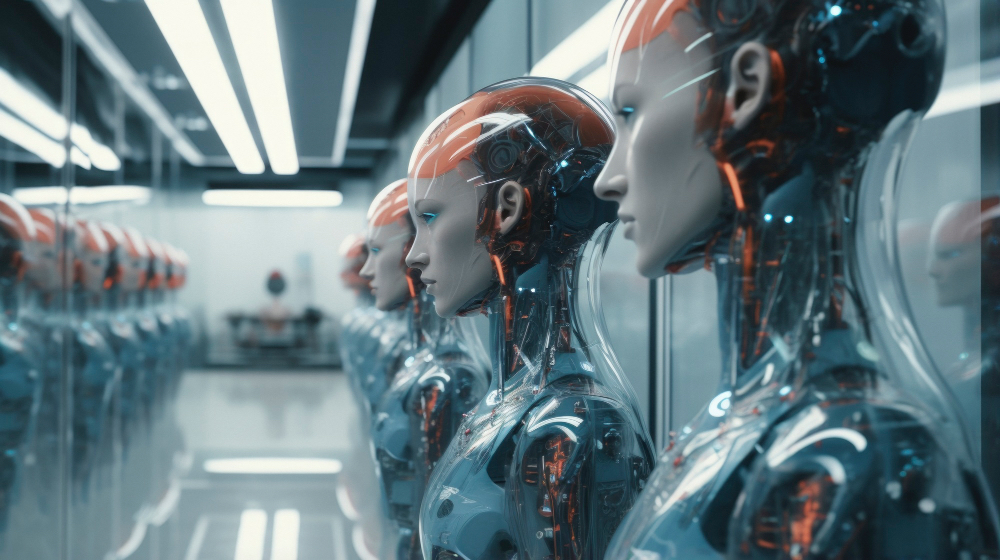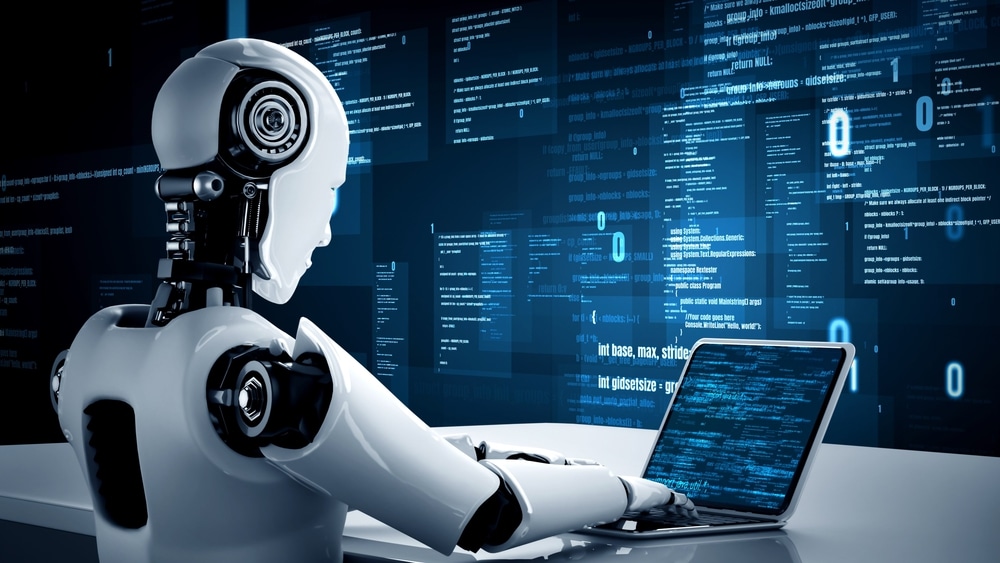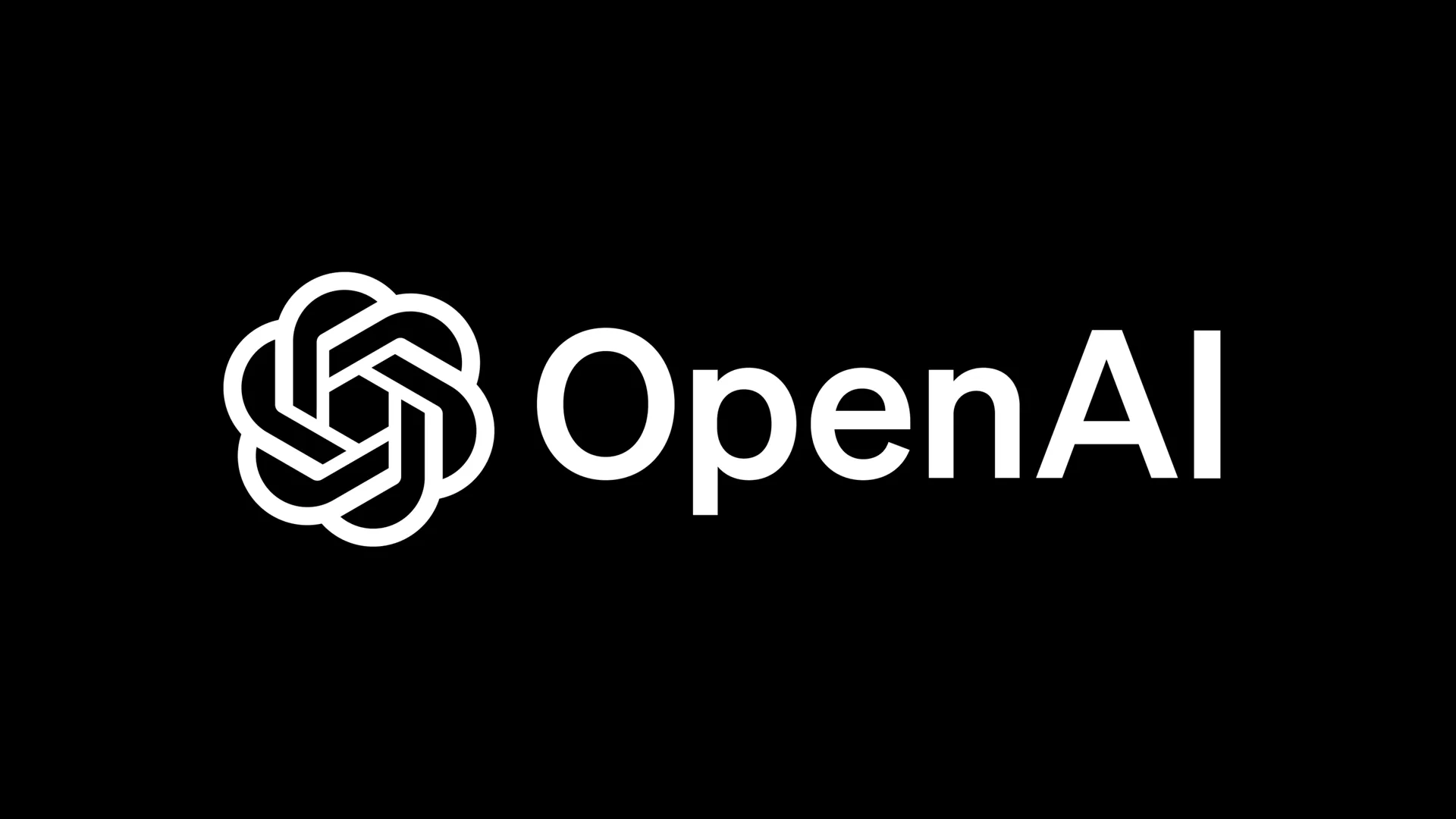Nearly a third of US teenagers engage with AI chatbots each day, according to new Pew data. Researchers say nearly 70% have tried a chatbot, reflecting growing dependence on digital tools during schoolwork and leisure time. Concerns remain over exposure to mature content and possible mental health harms.
Pew surveyed almost 1,500 US teens aged 13 to 17, finding broadly similar usage patterns across gender and income. Older teens reported higher engagement, while Black and Hispanic teens showed slightly greater adoption than White peers.
Experts warn that frequent chatbot use may hinder development or encourage cheating in academic settings. Safety groups have urged parents to limit access to companion-like AI tools, citing risks posed by romantic or intimate interactions with minors.
Companies are now rolling out safeguards in response to public scrutiny and legal pressure. OpenAI and Character.AI have tightened controls, while Meta says it has adjusted policies following reports of inappropriate exchanges.
Would you like to learn more about AI, tech and digital diplomacy? If so, ask our Diplo chatbot!

